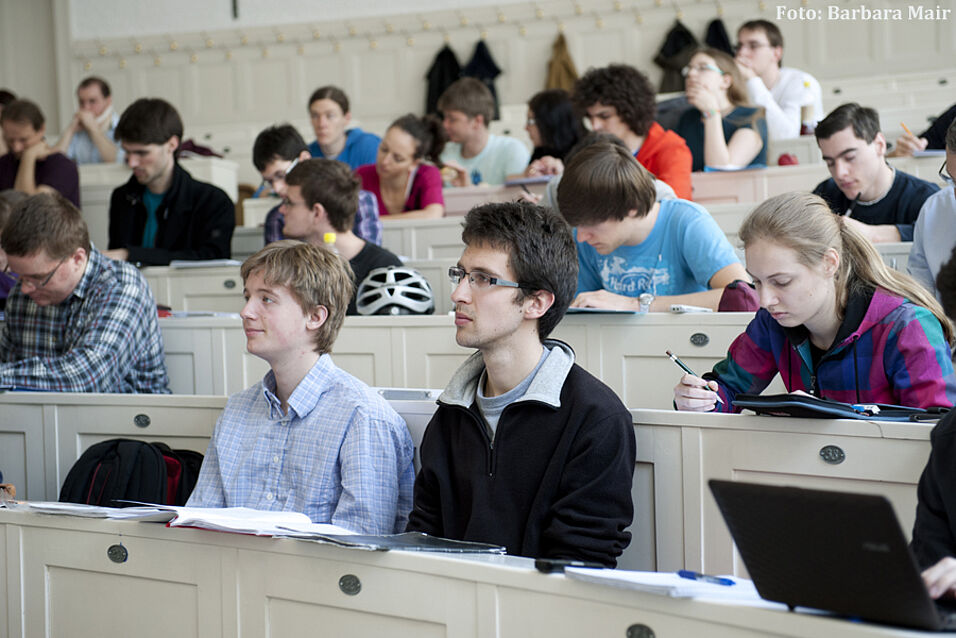Einladung zum Habilitationsvortrag
This habilitation thesis discusses efficient computational methods including machine learning for micromagnetic simulations. Typical numerical tasks in such simulations involve the minimization of the total Gibbs free energy, time-integration of the dynamic (partial differential) equations, the solution of inverse magnetostatic problems, and the calculation of hysteresis loops by determining the magnetization as a function of the external field. This talk will first give a concise introduction into theory and (traditional) numerical methods in computational micromagnetism followed by contemporary (datadriven) approaches focusing on effective numerical treatment of the governing static and time-dependent equations. This includes novel numerical schemes for micromagneticenergy minimization and LLG integration, model order reduction and the application of (physics-informed) machine learning for the stray field problem and the prediction of magnetization dynamics via (low-rank) kernel methods and neural networks. The full 3D static micromagnetic equations are studied via a physics-informed neural network (PINN) ansatz for the continuous magnetization configuration. This mesh-free approach efficiently minimizes the total Gibbs free energy with conditional parameters, such as exchange length, represented by a single neural network model trained in an unsupervised fashion. The computationally expensive stray field problem is addressed within a splitting method for the transmission problem formulation of the scalar potential, where extreme learning machines in a penalty-free physics-informed formulation are introduced, simplifying the training process. The method can be formulated constraint free through incorporation of the Cayley transform in the neural network ansatz for the magnetization to assure that the model output fulfills the micromagnetic hard constraints. Efficiency can be further improved with a Taylor series approximation for veryaccurate evaluation of the single layer potential. A modeling framework for constructive solid geometry using R-functions is introduced for the exact treatment of essential boundary conditions arising in the course of stray field computation. The method shows promising results on a NIST standard problem and on the demagnetization process of a hard magnetic sample.

